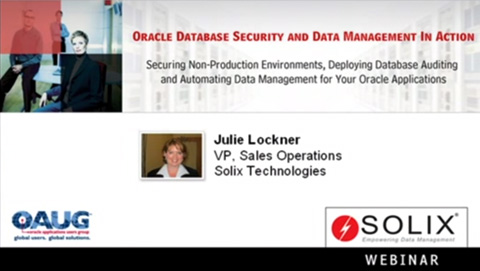Database Concurrency
What is Database Concurrency?
Database concurrency refers to a database management system’s (DBMS) ability to handle multiple user interactions simultaneously. This is essential in multi-user environments where numerous users or applications might access and modify the database concurrently.
Why is Database Concurrency Important?
Concurrent access to a database improves:
- System Performance: By enabling multiple operations to occur simultaneously, concurrency helps streamline processes and reduces wait times.
- Resource Utilization: Databases can leverage available resources more effectively when multiple users can access and modify data concurrently.
- Response Time: Faster query processing due to concurrent operations leads to quicker response times for users.
Challenges with Database Concurrency
While concurrency offers advantages, without a definitive ACID framework, it can lead to data inconsistency issues, particularly when multiple transactions involve the same data elements. Here are some challenges that arise with database concurrency.
- Deadlocks: Deadlocks occur when two or more transactions are waiting indefinitely for each other to release locks on resources. This situation can bring the system to a standstill if not detected and resolved promptly. Deadlock detection algorithms and timeout mechanisms are often employed to handle this issue, but they add complexity and overhead.
- Data Inconsistency: Concurrent access to the same data elements by multiple transactions can lead to anomalies such as:
- Lost Updates: When two transactions read the same data and update it based on the read value, the last update overwrites the first, causing data loss.
- Dirty Reads: A transaction reads data that has been modified by another transaction but not yet committed, leading to potential inconsistency if the other transaction is rolled back.
- Non-repeatable Reads: A transaction reads the same data multiple times and gets different results each time due to concurrent modifications by other transactions.
- Phantom Reads: A transaction re-executes a query and finds that new rows have been added by another transaction since the original execution.
How Apache Hudi brings concurrency control to the data lake
Apache Hudi brings critical capabilities like ACID transactions to the data lake. This includes concurrency control, ensuring multiple writers and readers coordinate access to the data lake. Hudi uses different techniques to achieve this:
- Snapshot Isolation: All actors (writers, table services, readers) operate on a consistent snapshot of the data, guaranteeing a unified view for each operation.
- Optimistic Concurrency Control: This allows concurrent writes without initial locks. Conflicts are resolved during the commit if writers modify the same data.
- Multi-Version Concurrency Control (MVCC): This enables multiple background processes or readers to access the data concurrently without conflicts. MVCC maintains different data versions, allowing each actor to work with a consistent one.
By combining these techniques, Hudi achieves concurrency while upholding data consistency in data lake environments. Database concurrency is a fundamental aspect of managing multi-user databases. By enabling concurrent access while upholding data consistency through concurrency control mechanisms, databases can efficiently handle multiple user interactions, enhancing overall system performance and user experience.





